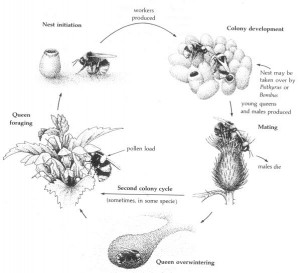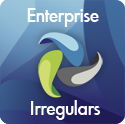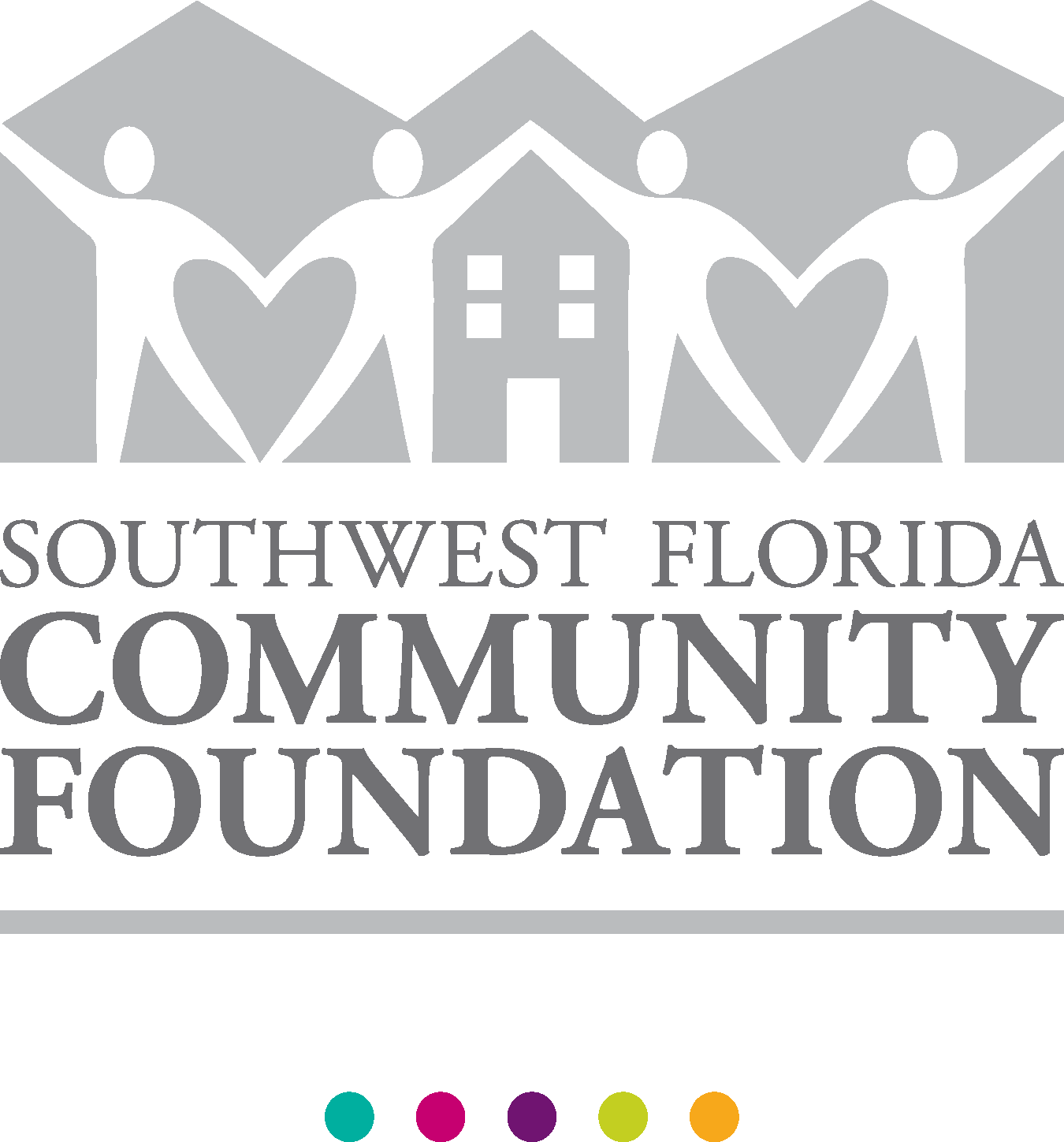
Worker bee lifecycle courtesy of www.bumblebee.org/images/lifecycle.jpg
After my initial post on “killer” scenarios, I’ve had a lot of positive feedback (more via email than via comments on the post, so perhaps some of my colleagues are a little reluctant to have their say in public?) on the value of that content and requests for more of the same. No problem. My Scenarios “Starter Kit” is chock a block with possibilities, and my HRM Business Model “Starter Kit” (we’re talking 3,000+ pages) is a scenario (or use case for the modelers among us) collector’s paradise.
These resources, which are intended to work for everyone with careful selection and adaptation, for users and HRM software vendors alike, cover a lot of ground that’s very specific to an HRM process, relevant to a particular industry/market segment, and/or too detailed for inclusion here. So I’ve pulled out — for a series of “killer” scenario posts — some of the most cross-cutting, applicable in most situation scenarios that also happen to be excellent choices for revealing (or suggesting to designers) the strengths and weakness of HRM software object models and architectural foundations. I’ll have a lot more to say about HRM object models and software architecture in 2010, but “killer” scenarios are first up.
In this post, I’ll be covering a wide range of employee lifecycle events with respect to the organization. Many of these, with suitable changes, should also be considered for the vendor employee (aka contingent or contract worker, but always vendor employee in my HRM domain model) lifecycle. As we come out of this recession, we’re already seeing growth in the use of vendor employees, and not just in the US, so every HR organization and HRM software vendor must have a robust approach to managing this large and growing segment of the workforce to the extent that they are applicable within the HRM processes of interest.
For those readers who aren’t HR professionals, this list, which is by no means all-inclusive, should giveyou a sense of the complexity of HRM. Needless to say perhaps, that complexity is exacerbated by the heavy regulatory impact on the business rules, reporting, and processes surrounding the employee and, increasingly, vendor employee lifecycle. And 2010 is going to be a banner year for regulatory activism.
Without further ado, here are just a few of those employee lifecycle events. Always be sure to include errors so that you can see how the underlying software handles errors, corrects them, provides an audit trail, deals with the ripple effects, including any needed retroactive processing, and updates the related reports and analytics:
-
New hire, with and without relocation;
-
New hire fails to report for duty — e.g., in the US, a position seeker with bona fide offer who has accepted verbally or online;
- Employee applies for an open position and is accepted or rejected;
- Employee is “reprimanded” for cause (e.g. put on probation);
- Employee is discovered to have falsified personal data;
- Employee is given a lateral transfer, with and without relocation;
- Employee is laid off, recalled, or granted special recall rights — if you’re unionized, there are many special rules in this area;
- Employee is evaluated and, perhaps, ranked, with and without a development plan;
- Employee fails a post-employment, pre-promotion or required periodic background check, or medical or drug/alcohol screening;
- Incorrect identifying information, e.g. SSN or spelling of last name, has been used to setup employee and must be corrected but with audit trail maintained and ripple effects unscrambled;
- Employee becomes a position seeker by expressing interest in a specific, posted or not posted position.
- Employee develops a competency-centric career plan;13) Employee develops a job-based career plan;
- Employee goes on LOA (consider leaves of absence by type) and does or does not return;
- Employee goes out on short-term disability;
- Employee is given a merit increase within the same position;
- Employee is assigned extra responsibilities as the Floor Safety Coordinator;
- Employee is assigned extra responsibilities as the Floor Safety Coordinator, with or without related compensation, training, equipment, etc.;
- Employee is assigned extra responsibilities as chairperson of the HIT task force, with or without related compensation, training, equipment, etc.;
- Employee works and/or doesn’t work specific hours, with or without changes to his/her “assigned” labor distribution rules;
- Employee takes a course, required (e.g. new supervisor training) or optional, and for each type of delivery method;
- Employee benefits from a salary action (e.g. as a result of a promotion) outside of applicable guidelines/rules;
- Employee is promoted to a newly created position, with or without relocation;
- Employee is identified as a named successor to a specific position under a succession plan for that position, with or within a readiness plan;
- Employee is transferred to an existing position whose incumbent is retiring (but with an overlap for training), with or without relocation;
- A high potential employee is transferred into a previously defined developmental position;
- Late “paperwork” leads to a retroactive merit increase for an employee within same position, with or without intervening, relevant rules changes;
- Employee changes his/her name, address, marital status, etc. — any personal data (which could affect total compensation eligibility or other HRM program participation);
- Employee changes his/her work schedule, employment duration, telecommuting status, etc. — any work circumstances change (which could affect total compensation eligibility or other HRM program participation);
- Employee requests shorter hours and agrees to share position with another employee who prefers a part-time schedule;
- Employee submits a voluntary termination, with or without vesting, with or without rehire eligibility, and with or without termination incentives;
- Employee dies at his desk, during work hours, after hours, or while attending onsite holiday party;
- Employee moves to or from a position that’s hourly/salaried, unionized/non-union, has grandfathered/not grandfathered entitlements, etc.;
- Employee is injured on-the-job, with and without major consequences;
- It’s time to retire — with or without early retirement incentives;
- Annuitant is rehired, with or without affects of early retirement incentives; and
- It’s time to collect your pension, with or without their being any money left to collect!
- Employee, wanting full-time hours, compensation and benefits, accepts two separate part-time positions, within same business unit, in two separate business units, and/or in two separate legal entities under the enterprise (corporate) umbrella;
- Employee, with no change in position, is granted permission to telecommute;
- Employee is suspended or terminated for cause;
- New hire/re-deployment administration, i.e. onboarding, including all linkages to orientation, total compensation enrollment, payroll setup, equipment assignment, provisioning, etc. as well as ny needed offboarding when the movement is internal;
- Termination administration, i.e. offboarding, including voluntary, involuntary, and with and without entitlements;
- Promotion, demotion, lateral transfer, reclassification, LOA, RIF, rehire, reinstatement, acting as, recall, additional duties as assigned, grandfathered, redlined, schedule change (with associated schedule premium change), relocation, … ;
- Every type of legal employment and contractual relationship that is relevant to your organization, including interns, welfare-to-work, when actually employed, rehired annuitants, duties as assigned, not-to-exceed $ or hours, government-subsidized training and/or assignments, on-call, seasonal, internal staffing agencies/pools, etc.;
- Position-sharing, temporary duty station, “acting in role,” etc.;
- Ongoing changes to total compensation plan eligibility, enrollment, use, etc.;
- Relocation management, including the use of specialized total compensation plans, work environment programs, developmental products and events, specialized onboarding and offboarding programs, etc.;
- Mid-period, prospective and retroactive deployment actions and deployment rule changes; and
- What if analyses of prospective and retroactive changes to all the relevant workflows, business rules, process designs, etc.






[…] Worker Lifecycle Events […]
[…] can be prepared). Don’t know what a killer scenario is? Head over to Naomi Bloom’s blog here, here and here to educate […]
[…] business analysts. PeopleSoft was designed for a different era of HRM, for an era in which the contingent workforce wasn’t central to workforce planning and productivity, in which KSAOCs were only marginally […]